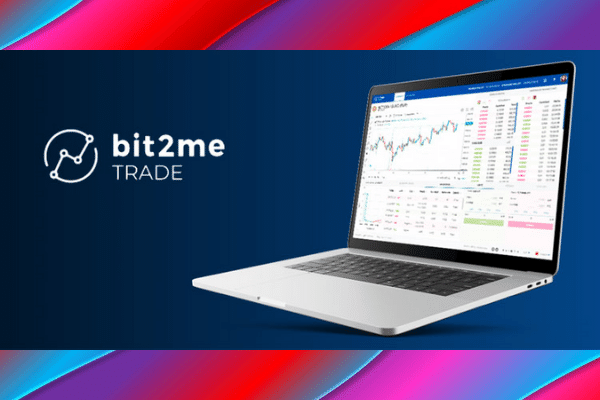
- For the year ended June, pay-related expenses for American employers rose 5.1%, well above the 4.5% annual increase recorded last year.
- Given the threat of a wage-price spiral escalating already debilitating inflationary pressures, a growing number of analysts believe that the Fed will stick to a 75-basis-point hike when it returns from its recess in September.
While markets may have cheered a brief summer respite thanks to the U.S. Federal Reserve taking a well-deserved break in August and leaving a priced-in 75-basis-point hike in July before swapping their corporate suits for the bathing variety, wage pressures threaten to cut short the risk-on party.
Two closely watched inflation reports show little relief from record-setting price pressures in the U.S. and underscore the urgency with which the Fed will need to act, even possibly having to ratchet up measures in September if things do not quiet down.
The latest Employment Cost Index (ECI) report, which tracks wages and benefits paid out by U.S. employers showed that total pay for non-government workers during the second quarter increased by 1.3%, slightly lower than the 1.4% jump in the first quarter of the year.
Whether or not that slowing is durable or represents a momentary pause in wage hikes is less clear.
For the year ended June, pay-related expenses for American employers rose 5.1%, well above the 4.5% annual increase recorded last year.
Given the threat of a wage-price spiral escalating already debilitating inflationary pressures, a growing number of analysts believe that the Fed will stick to a 75-basis-point hike when it returns from its recess in September, as opposed to the far more sanguine 50-basis-point increase markets appear to be pricing in at the moment.
ECI data was released by the U.S. Bureau of Labor Statistics last Friday, alongside the Fed’s preferred measure of inflation, the Personal Consumption Expenditures (PCE) index.
PCE rose 1% in June, after a 0.6% rise in May and lifted the annual rate to 6.8%, higher than the 6.3% measured earlier.
Although the Fed professes to use the PCE to judge inflation, the last two meetings of policymakers demonstrated that decisions may have been heavily swayed by the more high-profile Consumer Price Index or CPI data, that printed a 9.1% rate of inflation to June.
CPI data includes volatile items such as food and energy, whereas PCE strips these items out, but nonetheless saw a 0.6% increase in June, or double the 0.3% monthly increase in May.
The Fed targets PCE at 2% per annum, well below the 6.8% that inflation currently sits at.
In the past, policymakers said that they were willing to tolerate periods of higher inflation to make up for periods of slower price pressures if the long-term trend was towards the target 2%.
But public discontent at the soaring cost of living have put pressure on policymakers to act in much shorter timeframes, including amping up the pace of rate hikes and dramatically dialing back quantitative easing.
That fresh approach to policymaking was revealed by U.S. Federal Reserve Chairman Jerome Powell at a press conference concluding last month’s Federal Open Market Committee meeting where he noted that the central bank would shift to a “meeting-by-meeting” approach in deciding on rate hikes, instead of providing specific forward guidance.
And that means greater volatility for markets because every new piece of economic data, especially from now up till the next Fed meeting, will be open to interpretation and subject to the response and reaction from policymakers.



